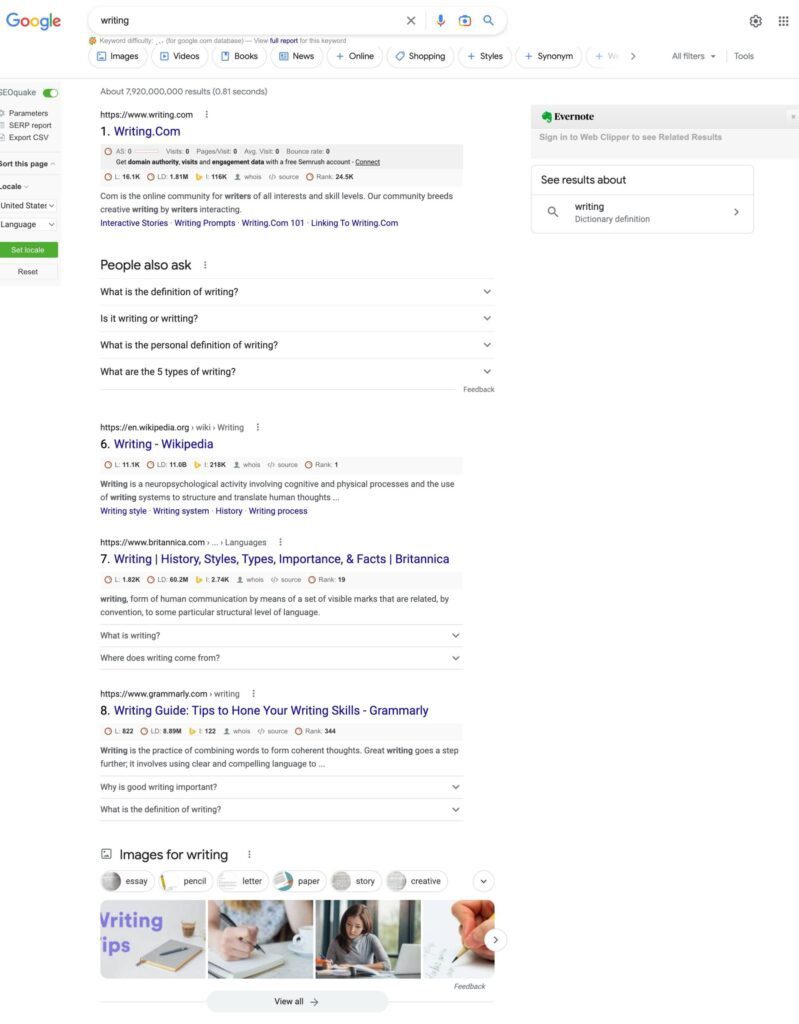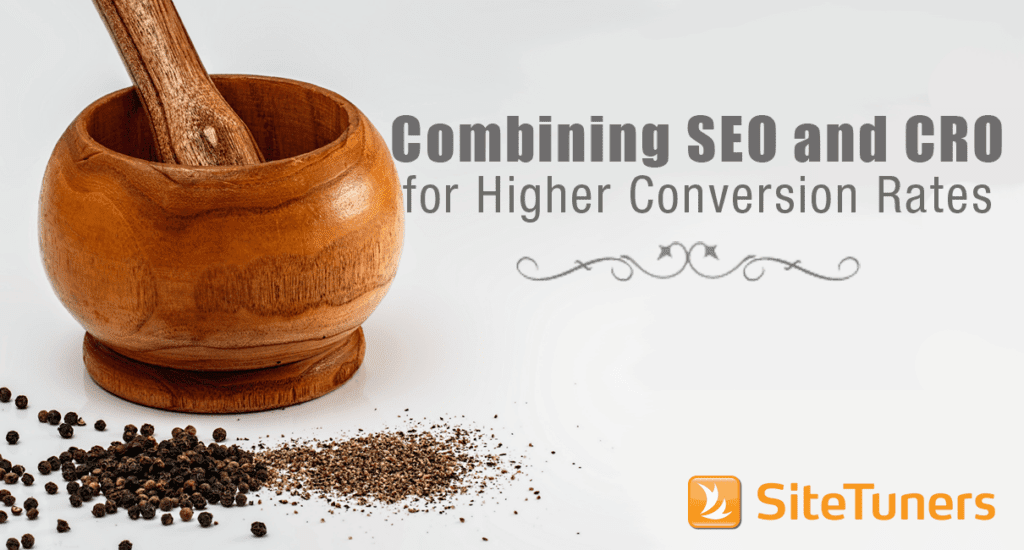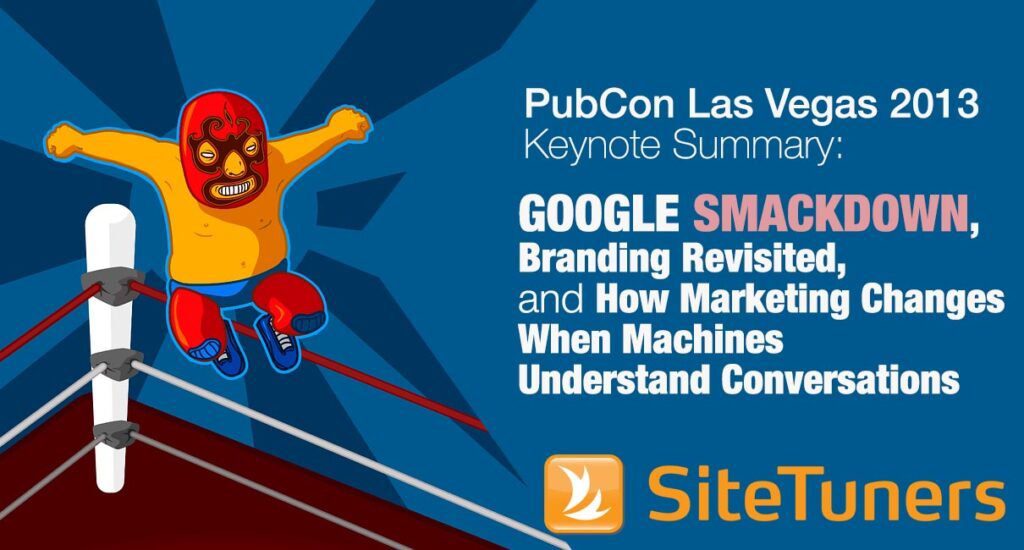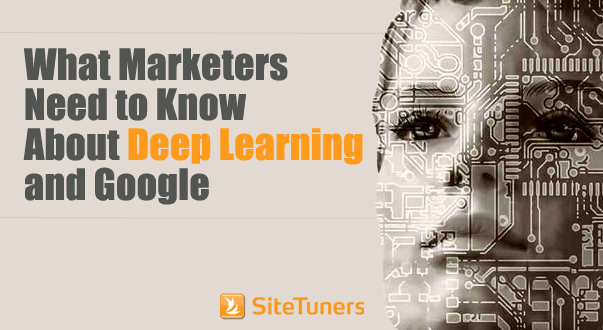Summary: In a world of ever-changing search engine algorithms, keywords remain essential for successful SEO. However, it can be difficult to use them in highly competitive niches. The key to success is thoroughly understanding your audience and their interests. Learning how to use search intent for SEO will help you stand out from the others vying for attention within that niche. Knowing what phrases they will likely use when searching is paramount in guiding your keyword selection strategy. Strive for relevance over popularity when deciding which words should be included in the content.
1. What is User Intent in SEO?
When it comes to SEO, most people immediately think of keywords. Keywords are essential to search engine optimization, but utilizing them in highly competitive niches can be difficult. With many other websites targeting the exact words, many businesses find themselves locked in a battle for top rankings and visibility; This makes it harder to stand out from the competition. In such a landscape, user intent can make a big difference.
User intent is the purpose behind a keyword. It’s what someone is looking for when they use a search engine and type in particular words. For instance, if someone wants to buy a table for their home, they’d fire up their browser. Depending on their purpose, they would then type in “dining table” or “outdoor table” or even one that includes descriptors like “real wood dining table” or “outdoor patio table.”
From the example, you can see that user intent in SEO is much more than simply selecting relevant words. It understands what people are searching for so that you can create content that meets their needs. Learning about upstream intent would enable you to determine why users visit your website. This would then shed some light on the reasons for the most common problems you encounter, such as a high bounce rate or a low conversion rate.
By considering user intent when optimizing websites, businesses can better understand how their target audience searches online and provide the right content and experience when they land on their website or product pages. This will help businesses increase visibility in search results, leading to better conversions from organic traffic sources.
2. Understanding Intent-Based Search
To better illustrate the significance of intent when considering keywords, consider the following scenario:
Imagine you’re working for a business that provides article-writing services. One of the keywords your C-suite wants to rank for is “writing” so it devotes resources to it. What they don’t realize, however, is that while “writing” is an excellent match for their services, those who type in “writing” as a search query usually aren’t in the market for article-writing services.

Since search engines like Google have gotten good at determining intent from user queries, an article – or even a paid ad – that doesn’t align with searcher intent is unlikely to perform well. In the “writing” example, the search engine algorithm will prioritize serving articles and web pages that accurately reflect what the searcher is trying to do (learn about writing, improve their writing skills, etc.) in order to provide valuable and helpful results.
So by optimizing for search intent, you’re hitting two goals. Intent-based keyword selection can get you into the search engine’s good graces and help you improve your website visibility in organic search results. At the same time, it lets you create an excellent experience for your website visitors and enhance the trust and credibility of your site.
3. Classifying User Intent with Category Labels
Before you can start optimizing for user intent, you need to know about category labels. User intent is categorized depending on the type of search and the goal of the searcher. Typically, these labels may include informational, navigational, commercial, transactional, and local queries.
Informational Search: When a user is searching for information on a specific topic, they have an informational intent. For example, searching for “how does a car engine work” would indicate an informational intent.
Navigational Search: When a user is searching for a specific website or a specific page on a website, they have a navigational intent. For example, searching for “Amazon” would indicate a navigational intent.
Transactional Search: When a user is searching for a product or service to buy, they have a transactional intent. For example, searching for “buy Nike shoes online” would indicate a transactional intent.
Local Search: When a user is searching for a business or service in their local area, they have local intent. For example, searching for “best pizza restaurants in New York” would indicate a local intent.
Here, it’s also important to know what the customer purchase journey looks like. This is because user intent often corresponds to the specific stage someone is in in their purchase journey. Someone at the top of the funnel usually starts with an informational search. For instance, someone in need of a good work table starts off their purchase by typing fairly generic queries like “best work table for home.” They then move on to navigational search once they have a better idea of their needs and already have a specific brand or website in mind. With navigational searches, it’s important to note that the searcher may continue the research phase with several websites to compare products and offers.
Once they are ready to buy, they may commence a transactional search on the website they feel comfortable with. Some people might also do a local search if they want to check out the item from or buy from a nearby store.
The 3rd Question Every Website Visitor Asks When Arriving on Your Website
4. Adjusting Content to Match the User Need
Now that you know the different category labels for search query types and how they relate to the purchase journey, you can serve your audience more effectively.
A common mistake that a lot of website owners make is to create only content that’s geared toward people at the bottom of the funnel. This assumes that people who come to your website are ready to buy. But they’re not. Most of them may just be getting to know your brand and products. This is especially true in B2B, which usually has a longer sales cycle than B2C companies.
A better practice is to ensure a good balance of search queries that target various intents across the funnel. Pick keywords with informational intent to attract new visitors. Add navigational keywords to ensure that you rank for your brand terms and are easily found by potential customers looking for your website or specific pages. Don’t forget keywords with transactional intent for people who are at the last stages of their purchase journey.
With these intent-based keywords, you can now create or adjust your content so it corresponds to visitor needs at different stages in the marketing funnel:
Informational content
Informational content should not attempt to sell but to educate your website users about your products or solutions. While it may be tempting to create promotional content, this approach can turn off potential customers and cause them to lose trust in your brand. Instead, focus on providing valuable information to help your audience make informed decisions about their needs.
One way to achieve this is by identifying your target audience’s questions and concerns. Then, you can find content that straightforwardly addresses those issues. For example, if you’re selling fitness apparel, you could create informational articles about choosing the right workout clothes based on body type or how to care for athletic wear properly. By providing helpful tips without pushing a particular product, you establish yourself as an authority in your field and build credibility with potential customers.
Navigational content
To successfully get people with navigational intent to visit your website, you have to ensure you’re sending the right signals to search engines. Ideally, you should appear at the top for your branded keywords. However, this doesn’t automatically happen. You need to ensure that your web pages are optimized for your branded keywords and phrases, attracting highly qualified visitors who already know you.
You can optimize for branded search through keywords and by improving your web content for relevance and user experience. Google, for instance, now includes these in its ranking criteria (known as page experience).
Transactional content
Transactional content refers to everything that serves a specific purpose related to a transaction or conversion on the website. These include your product pages, checkout pages, confirmation emails, and more. Online visitors with transactional intent usually look for tangible things on your website. So these pages need to have unique and detailed titles, meta descriptions, high-quality images, and meaningful content.
When you optimize your product pages for upstream clicks, you’re also increasing their conversion potential. This is because transactional content dramatically affects the user experience. Poorly written or confusing transactional content can lead to abandoned carts, lost sales, and frustrated customers. On the other hand, well-written and explicit transactional content can improve user trust and confidence in your brand while increasing conversions.
Local content
Local content refers to information about the area where your business is located or operates in.
An effective way to optimize for local search is by creating localized content on your website. This includes adding location-specific keywords throughout the content on each website page, such as your address, phone number, hours of operation, and other relevant details that customers might be looking for. You can also create blog posts or articles focusing on events or news specific to your business areas.
Unlike the three preceding types of intent-based content, you don’t always have to optimize for local. Unless you serve a specific geographic location that you must rank in local search results for, you can focus on improving informational, navigational, and transactional content first.
Rules for Each Stage of the AIDA Model to Improve Your Website
5. Optimize your Website for User Intent
Understanding and optimizing for user intent is an essential factor in designing a website. By understanding what your visitors are looking for, you can accurately inform your decisions for rankings and other optimizations, helping to drive traffic and improve engagement.
Remember that search engine optimization’s ultimate aim is to provide high-quality content that meets a searcher’s needs. When you understand user intent, you can create content that answers their queries and encourages them to take further action. By adjusting the content on your page with targeted keywords and phrases, you can more effectively target users looking for specific services or products.


